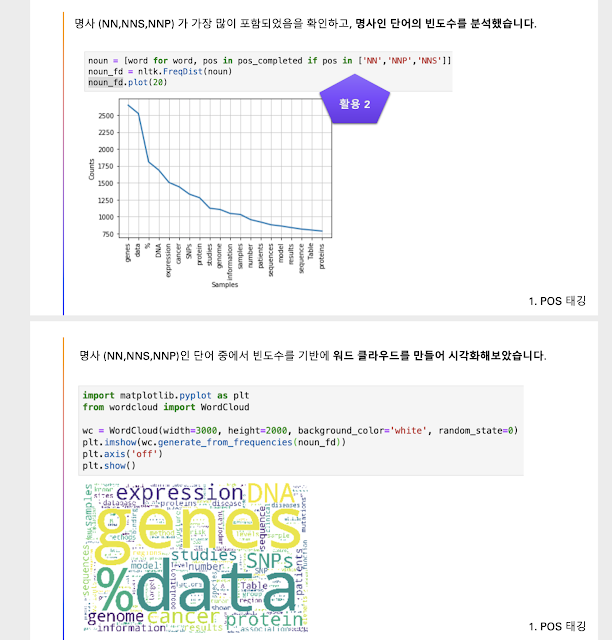Artificial Intelligence: POS tagging & Word Embedding (Spring, 2020)
First of all, I completed building an artificial neural network model using GENIA for POS tagging. POS tagging was applied to GnI papers using decision trees.
The frequency of each part-of-speech, the type of preceding word, etc. were identified and visualized in a word cloud, and used for chunking.
Next is “word embedding”. 1. Direct model design using tensorflow 2. Modeling using Word2Vec 3. Google model on the model created in the previous 2Modeling by crossing,
A total of 3 modeling methods were conducted.
Compared word vectors made of SKIP-Gram and CBOW.


Comments
Post a Comment